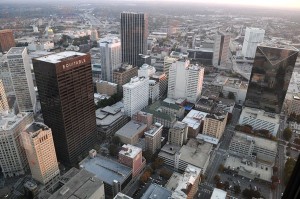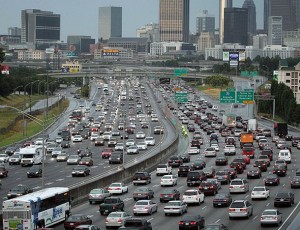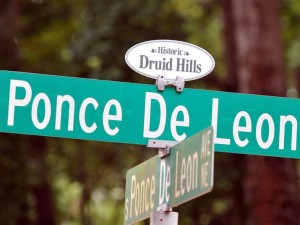In this article named Architectural Exclusion: Discrimination And Segregation Through Physical Design Of The Built Environment by Sarah Schindler she discusses how infrastructures such as public transit systems and highways are being used to keep certain segments of the population the – often the poor and the people of color – separate from the others, particularly the wealthy whites and suburban communities. This article stresses how the lawmakers, courts, judges, legislators, and elected officials treat the architectural exclusion. Throughout this article Schindler examines how the built environment controls and regulates our behavior and how architectural exclusion manipulates their residents, local elected officials, and police forces through their actions of creating and designing infrastructures and built environs to restrict passage through and access to certain areas of communities.
The first section of this article speaks briefly of how most citizens are blind to how architecture is coined as regulation through the systemic social inequality that is apart of these monumental structures of concrete and steel. A quotation that will help you understand and summarizes this first section well, is Nicholas Blomley’s term “traffic logic”: “the idea that planners and civil engineers prioritize the flow of pedestrians and traffic through a physical space, with a focus on civil engineering, rather than prioritizing equal access to a physical space for all, with a focus on civil rights” (Schindler, 1945). Blomley’s quotation summarizes how many cities facilitate planning decisions that include exclusions and how various legal scholars have confronted these concepts in context to class and race.
The second section discusses how various states and municipalities create and design different infrastructures to exclude localities from having access to physical barriers, such as buildings walls and barriers so the poor and African-Americans cannot have access to them. Some other things that revolve around architectural exclusions are transit systems that include these exclusionary transportation designs: placement of transit stops, highway routes, bridge exits, and road infrastructure, wayfinding: one-way streets, dead- end streets, and confusing signage, and residential parking permits. Throughout all of these sections, they explain how race has been a contributing factor for limiting the geography of transit to eliminate low-income and minority neighborhoods. A great example that describes this from the text would be the scenario about Cynthia Wiggins, “a seventeen-year-old woman who was hit and killed by a dump truck while she was attempting to cross a seven lane highway to get to the mall where she worked” (Schindler, 1964). Another example that shows that these white residents are still succeeding in keeping black residents out of their neighborhoods is the wealthy, mostly white residents of the northern Atlanta suburbs who have opposed efforts of MARTA expanding into their neighborhoods because they don’t want people of color to have way access to suburban communities. Also, the lack of public transit in these communities make it difficult for those who rely on transit to access job opportunities located in those suburbs
This article sums up the perfect example of architectural exclusion of malls, businesses, and residential areas using the highways, roads, and bridges as a way to exclude some city residents from those areas.


